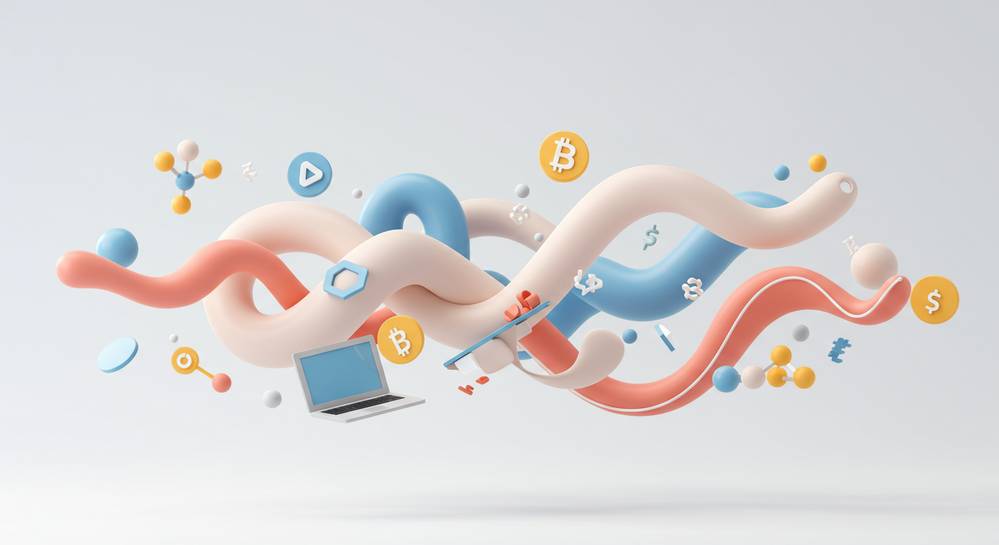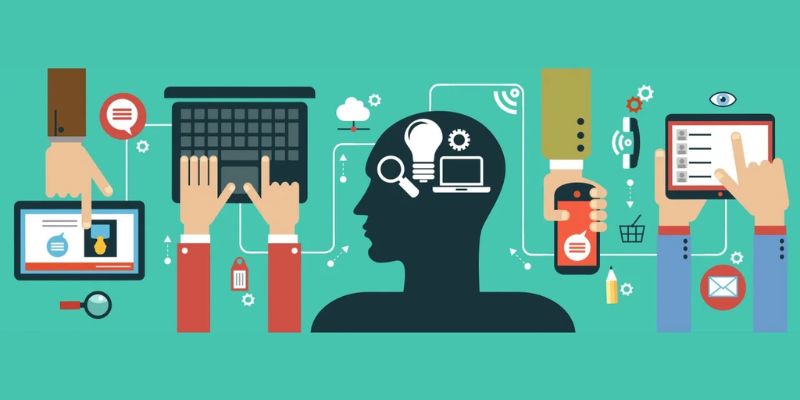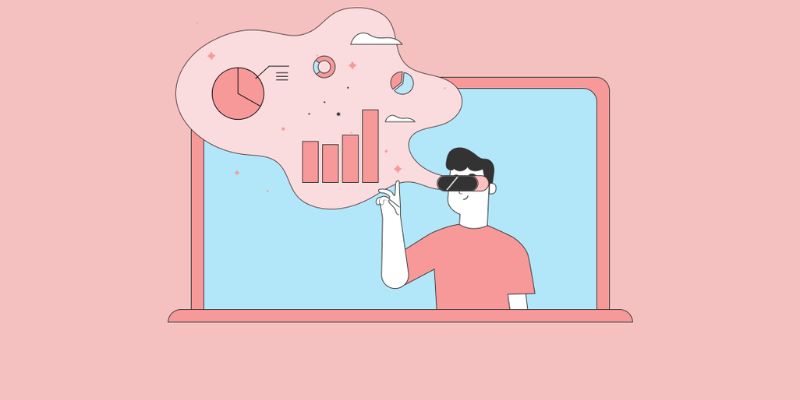Emerging technologies and strategies are shaping our future, and I’m here to guide you through this revolution. Imagine doctors pinpointing illness with a machine’s help or your medicine tailored just for you. That’s the magic AI brings to healthcare. And think of waking up in a city that runs smarter, not harder – where your coffee brews as sensors manage traffic and street lights. It’s not fiction; it’s the reality that IoT and smart tech create. But wait, there’s more! What if computers could solve problems no human brain could crack? That’s where quantum computing comes into play, aligning with blockchain to keep our digital selves safe and sound. Lastly, let’s not forget robots and self-driving cars, which are set to turn industries on their heads. Strap in as we dive into these transformative waves crashing into tomorrow’s world.
The Rise of AI and Machine Learning in Healthcare
Transforming Patient Diagnosis with AI
Imagine a doctor with a super brain. That’s kind of what AI in healthcare is like! It’s a new helper for doctors that never gets tired, works fast, and is really smart. Using AI, doctors are now spotting sickness earlier. It’s like having a smart friend who whispers, “Hey, look over here!” This helps a lot, because finding sickness early can make getting better much easier.
For people with heart trouble, pictures of their hearts can be tricky to read. But now, AI helps by looking at these pictures and spotting problems quickly. Some machines even learn by themselves to get better over time. This means they can help doctors even more as they learn!
Machine Learning Advancements Leading to Personalized Medicine
Medicine is not one-size-fits-all. What works well for you might not work for someone else. But thanks to smart computers, things are changing. The cool part? It’s like having a medicine that’s made just for you!
These smart systems look at a lot of info about your body. They learn what makes you different. Then they help doctors guess what kind of medicine will help you the most. It’s like a helper that knows a lot about you and gives advice to doctors on what’s best for you.
One exciting thing is the gene editing tool called CRISPR. It’s like a tiny pair of scissors for DNA. Imagine cutting out the sick part of a gene and helping it be healthy again – it’s really neat! CRISPR could one day stop some diseases even before we’re born.
All this might sound like stuff from the future, but it’s happening right now. We’re working towards a world where being sick isn’t so scary because the smart systems we’re building will make finding and fixing health problems a lot easier. And that’s a future we can all look forward to!
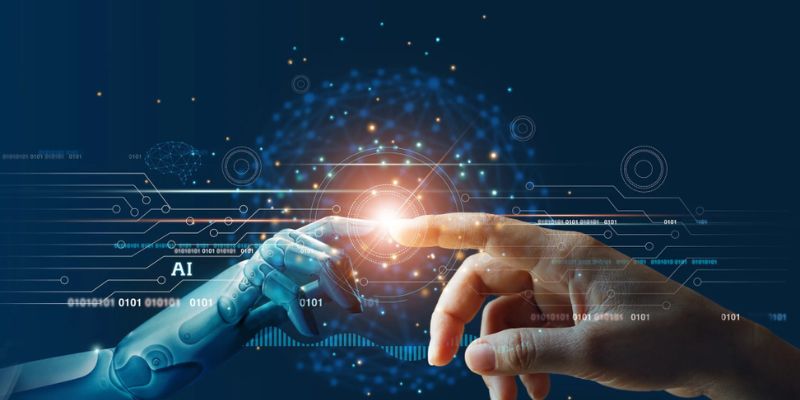
Integration of IoT and Smart Technologies in Daily Life
Enhancing Connectivity with IoT Devices
Imagine your morning alarm clock tells your coffee maker to start brewing. Or, your fridge orders milk before you run out. This is how the Internet of Things, or IoT, makes life easier. IoT devices are everyday items that connect to the internet. They talk to each other to help us out. For example, smart thermostats learn when we’re home and adjust the heat. They save energy and cut costs.
Medical tags can track health info. This lets doctors watch and help from afar. Kids’ toys can learn and answer questions, oh-so fun and smart! Safety gets a boost too. Now, cameras and locks talk to our phones to keep homes safe.
Think about using a fitness tracker. It counts your steps and checks your heart. It helps you stay fit and know more about your health. These gadgets are part of IoT. They are turning our lives into smart tech adventures!
Smart City Initiatives for Sustainable Urban Development
Cities are busy. They house lots of people and need to run well. Smart city ideas aim to make city life better. They use IoT to solve problems.
Traffic lights change based on how many cars are waiting. This means less waiting, less pollution, and a happier drive. Sensors in parks can tell when to water plants. This saves water for when it’s needed.
Data from all over helps city leaders decide what to fix first. Trash bins can say when they’re full. Then, trucks only come when they need to. Digital signs show bus times and alerts. No more guessing when your ride will come.
Smart streetlights dim when no one’s there. They save energy and keep streets safe at night. All these changes can make cities greener and more fun to live in.
In our pockets, at our jobs, even while we sleep, these smart tools work for us. They collect data to make actions smooth and save money and time. In the future, more jobs will come from IoT and smart tech. They need people to think of new ideas and build them. This will make our cities smarter day by day.
IoT and smart tech are not just dreams. They are real, and they are here now, making our days easier and our future brighter. They help us all live better in this big world.
Smart tech is here. It’s growing every day. It is changing how we live. Embrace it, and see how it transforms your world!
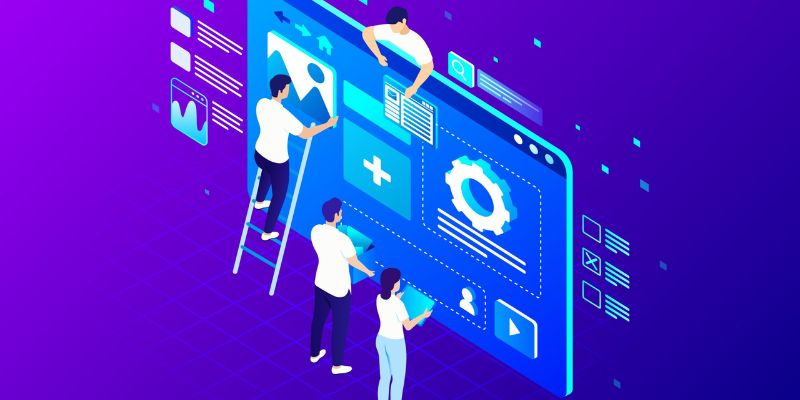
The Advent of Quantum Computing and Blockchain
Exploring the Potential of Quantum Computing in Various Industries
Quantum computing is hard to grasp. It’s like a super-fast computer. Imagine doing a month’s math homework in seconds. That’s what quantum machines can do. They solve huge problems quickly. This power could change our world.
Big industries are excited. Drug firms think quantum computers could help make new medicines faster than ever. Banks could use them to spot fraud patterns or manage risks in seconds. Car companies are eyeing these computers to design better batteries for electric cars.
But it’s not just big companies. Quantum computers could even help farmers. They could analyze soil data to tell farmers the best crops to plant. With quantum computers, the sky’s the limit.
Implementing Blockchain for Security and Transparency
Now, let’s talk about blockchain. Think of it like a digital ledger. Once you write in it, you can’t erase it. It’s also open for everyone to see. This can make things safer and clearer for everyone.
Companies are using blockchain to keep track safe. Like tracking food from farms to stores. If something goes wrong, they can find the problem fast. Customers can trust it’s safe to eat.
Hospitals could use blockchain to keep medical records secure. Only the right people could see them. Even voting in elections could change. Blockchain could make sure every vote is counted right and keep it secure.
For sure, quantum computing and blockchain are shaking things up. They are making our future safer and smarter. It’s a big leap ahead. Change can be scary but hold on tight. We’re in for an exciting ride.
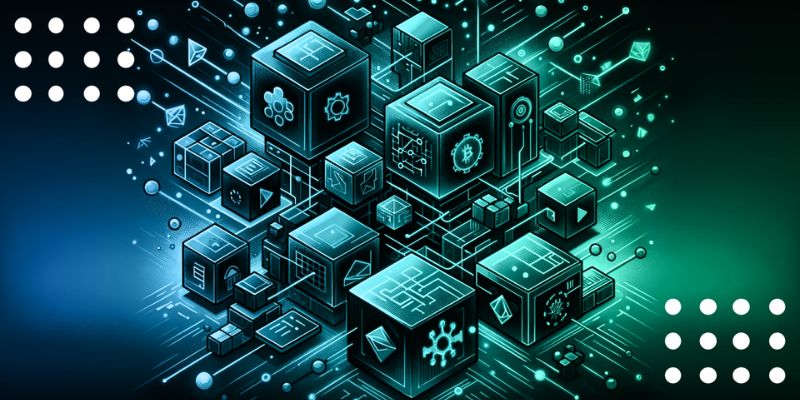
Advancements in Robotics and Autonomous Systems
Robotics Automation Transforming Manufacturing
We are seeing more and more robots in factories. They are changing how we make things. Think about a car assembly line. Not long ago, people did most of the work. Now, robots handle the heavy lifting. They work faster than humans and don’t get tired or make errors. This shift leads to cars being made faster and with fewer flaws. Robots don’t sleep, take breaks or call in sick. This means they can produce more in less time, which saves money. But it’s not just about speed and saving cash.
The big win with robotics is quality. Each part made by the machines matches the next one perfectly. This means everything fits together like pieces in a puzzle. Plus, robots can do jobs that are tough or dangerous for people. This helps keep workers safe.
Progress in Autonomous Vehicles and Future Transportation
Let’s talk about self-driving cars. Imagine you hop into a vehicle that knows where to go. You sit back and relax. The car drives itself. That’s what we’re working towards with autonomous vehicles. These cars use sensors and cameras to see the road. They make decisions in real time. That’s crucial to avoid accidents and get you safely to your place.
But it’s not all about cars. Think bigger. Trucks that move goods across the country could be next. Or buses that know your stop. Even drones that deliver packages right to your door. It all sounds like a movie, but it’s becoming real. With each test and every mile driven, these machines get smarter.
This technology could mean less traffic and cleaner air too. If cars talk to each other and drive smoothly, there are no traffic jams. No jams mean no sitting in a cloud of exhaust. And speaking of clean, these vehicles often run on electricity. That means no gas and no pollution.
In short, robotics in factories means better products and safer jobs. Self-driving cars mean you can relax, maybe read a book, while your car does the work. The roads become safer and the air cleaner. And this is just the start. We keep learning and all this tech gets even better. Imagine what’s next!
In this post, we dived into how tech is changing our world. From AI in healthcare, making diagnoses fast and personal, to IoT devices making life smoother and cities smarter. We also saw quantum computing and blockchain beef up security and spark new advances across fields. Lastly, we looked at robots streamlining making things and self-driving cars shaping how we move tomorrow. Tech is racing ahead, and it’s exciting to think about what’s next. Keep your eyes peeled – the future is coming fast, and it’s packed with breakthroughs that’ll make life better and brighter for all of us.
Q&A :
What are the current emerging technologies to watch out for?
Emerging technologies are rapidly transforming industries and everyday life. Some of the current leading technologies include artificial intelligence (AI), Internet of Things (IoT), blockchain, augmented reality (AR), and virtual reality (VR). Advancements in these areas are fostering innovation and enabling smarter automation, enhanced connectivity, and more immersive experiences.
How do emerging technologies influence business strategies?
Business strategies are significantly influenced by emerging technologies as they offer new ways to engage with customers, optimize operations, and create disruptive business models. Companies are increasingly investing in AI for data analysis, IoT for supply chain management, and blockchain for secure transactions. These technologies provide businesses with key insights, efficiency, and competitive advantages.
What strategies should companies adopt to integrate emerging technologies?
To successfully integrate emerging technologies, companies should:
- Stay informed on the latest technological advancements.
- Evaluate the potential impact of new technologies on their business model and industry.
- Invest in skills development and training for their workforce.
- Foster a culture of innovation within the organization to encourage adoption and adaptation.
- Collaborate with technology partners and startups to leverage their expertise.
What are the risks associated with emerging technologies?
Like any innovation, emerging technologies carry their set of risks. These may include cybersecurity threats, high implementation costs, data privacy concerns, and potential job displacement due to automation. Businesses must carefully consider these risks, conduct thorough cost-benefit analyses, and prepare mitigation strategies when adopting new technologies.
How can companies stay ahead in the game with evolving technology trends?
To stay ahead, companies should:
- Track and forecast technology trends relevant to their industry.
- Allocate resources for research and development (R&D) to pioneer new applications for emerging technologies.
- Engage in strategic partnerships and collaborations with tech developers and innovators.
- Encourage a culture of continuous learning and flexibility in the workplace.
- Prioritize customer-centric innovation to meet market demands and adapt to changing technological landscapes.

